|
We spent the day in Greenwich. I'll start with the Royal Observatory, and how Greenwich mean time came to be. The overall theory of how critically important time and location is ... well, conceptually, it is mind boggling. There is a red ball on top of the observatory, it has been a working timepiece since 1833... It drops at 1pm because the astronomers were busy with their telescopes with the midday sun ...and it is currently no longer working. The horologist who takes care of this clock has been furloughed because of COVID. I wonder how many people have the skills required to keep this bit of history going? The museum has a fascinating collection of time pieces taking one through the process of how we got to the point we are today. I was also interested in the fact that leaders from across the globe got together to agree to have the official time -GMT, without this respect for science and facts, would this be possible today? Are all the great discoveries in the past? or will pockets of people still believe in the importance of science? Then we went to the Queen's House to view the art collection. One painting was especially interesting, it was of John Byng. He joined the navy at age 13 and became captain at age 23 and rear admiral at age 40! The story goes that he was court martial-ed for failing to attack the French on Minorca. He and his council decided that the attack would not stop the French and it would be a waste of British manpower. He is the only Navy Admiral to be executed. "At noon Byng came out on deck in a light grey coat, white breeches and a big white wig. He had been persuaded with difficulty to be blindfolded, on the grounds that it would not be fair to the firing party to have to see his face. He was escorted out onto the quarter deck, ‘with a stately pace and a composed countenance’ according to the Evening Post, to see nine marines in their scarlet uniforms lined up in three rows. The rear row were in reserve. In front of him was a cushion and a heap of sawdust, sodden from the rain.He knelt on the cushion, tied the blindfold round his head and held up a neatly folded white handkerchief in his right hand. After a few agonizing moments he dropped the handkerchief, the six marines fired and the admiral fell gently on his side. He was fifty-two." I think of this leader and the moral principles he held. He sacrificed his career and life for the life of his men over a battle he knew, after scrutinizing the information he had, they didn't stand a chance in winning. Then we continued over to see if we could charm our way into the Painted Hall, where we couldn't get a ticket. Clearly, we have run out of charm, but the chapel of St. Peter and St. Paul in the old Royal Naval College was open to the public. It was the adjoining dome and had its own captivating history. First off, you see all over Europe and the UK carved /molded - bas-relief /pediment sculptures - scenes... I always assumed they were made of marble or other natural stone but there was something called Coade Stone... "an artificial stone in the late 18th and early 19th centuries". I can't speak for all or most, but I can say that many of these pediment sculptures were made of Coade Stone. Some fun facts, marble and other expensive valuable stones were taxed heavily. Coade Stone was cheap, and it was not taxed, so became an obvious stone to use when building in this period. What was more impressive is that when you compare the artificial stone with the natural stone, after 200 years the artificial stone holds up better, "virtually weatherproof", and the details are still spectacularly preserved. Granted, I don't have a trained eye, but I would never have known it wasn't a natural material.
These buildings, like so many, were designed by the busy architect Sir Christopher Wren. Used for the longest time as a "hospital" but not like we know of a hospital today, but instead, as a place of rehabilitation and retirement for injured sailors. Closed in mid 1800's leaving it available for use as the Royal Navy college. Our U.S. equivalent would be Annapolis. This shut in 1998 and has been open for tours (pre-COVID) ever since. We could have spent more time here, it was impressive. Another fun fact, the 4 virtues: wisdom, justice, courage, and meekness - each had their own statue leading into the chapel, but they covered the statue of Meekness when it was used as the Royal Naval College because they didn't think meekness was a virtue they wanted to instill in their naval officers. HAHA
3 Comments
Rachel
8/31/2020 08:47:56 am
Love reading about your adventures, thanks for sharing them :)
Reply
Lisa
10/6/2020 11:38:05 pm
Fun fact: the oldest college building in America is the Sir Christopher Wren building on William and Mary's campus. It has musket holes from the Civil War and it was used as a field hospital during the Revolutionary War.
Reply
jody
9/14/2021 02:08:02 am
I love history when it comes alive by imagining the story around it! Sir Christopher Wren was a busy man!
Reply
Leave a Reply. |
Don't take life so seriously.I'm Jody. I love to travel. I love to take pictures. I love to meet people and find interesting places. I also love to write about and post pix of what I've found. But, I've been told that I write like I talk - in streams of consciousness. So, if proper grammar and well composed sentences are a must for you - my posts will make you crazy. If you want to follow my journey as I learn about really cool places and offer some great tips about living abroad, read on! Archives
October 2021
Categories
All
|


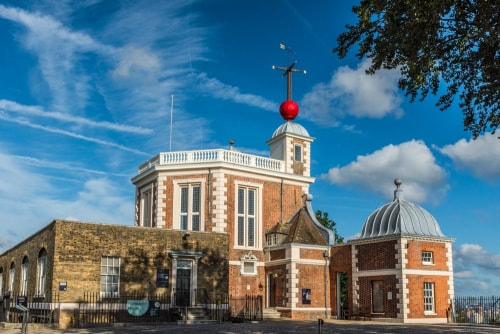
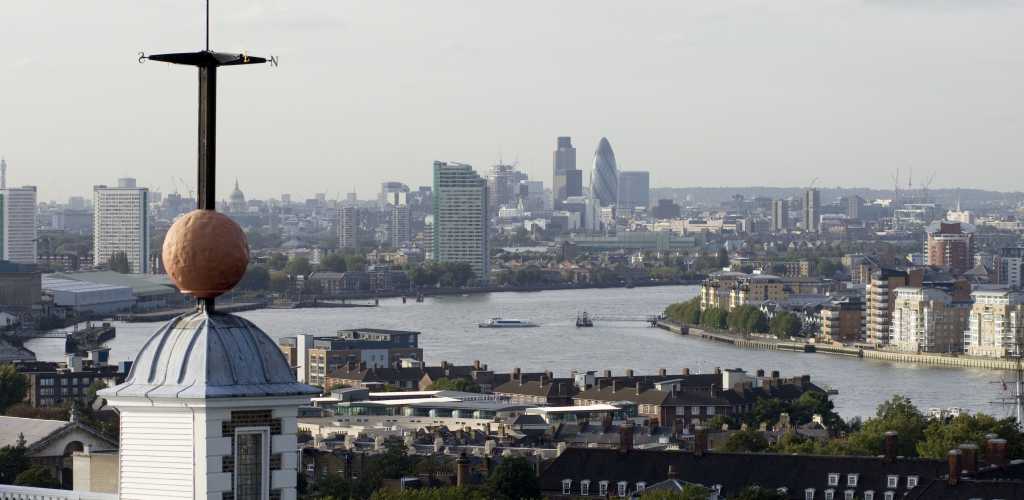

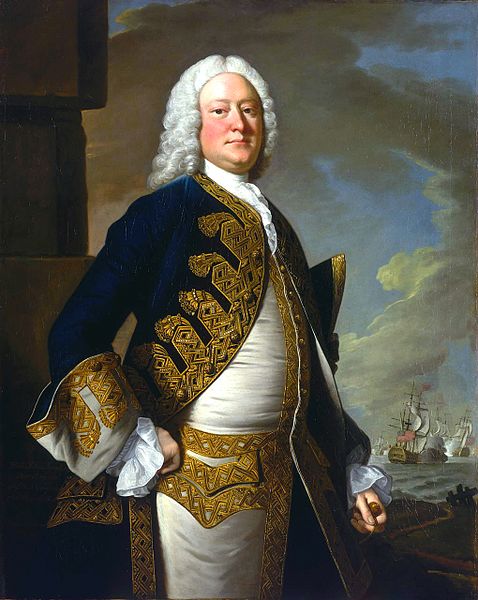

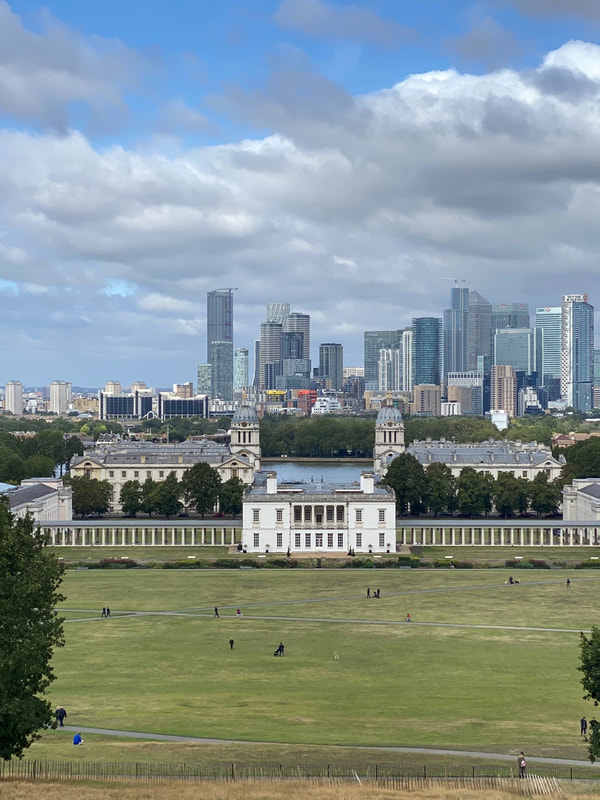
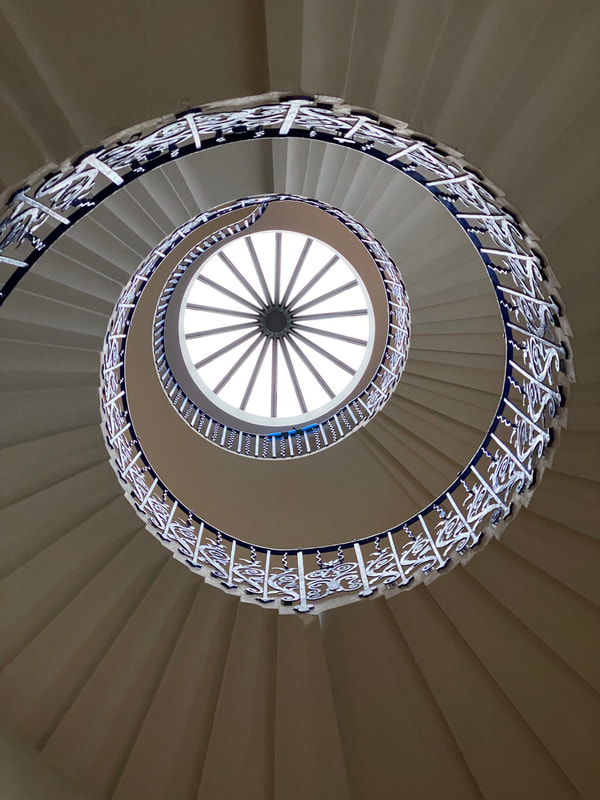

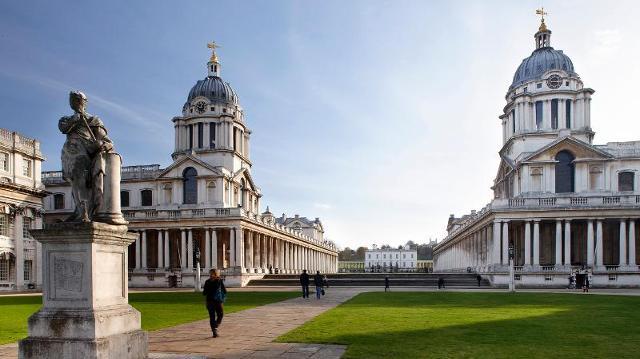
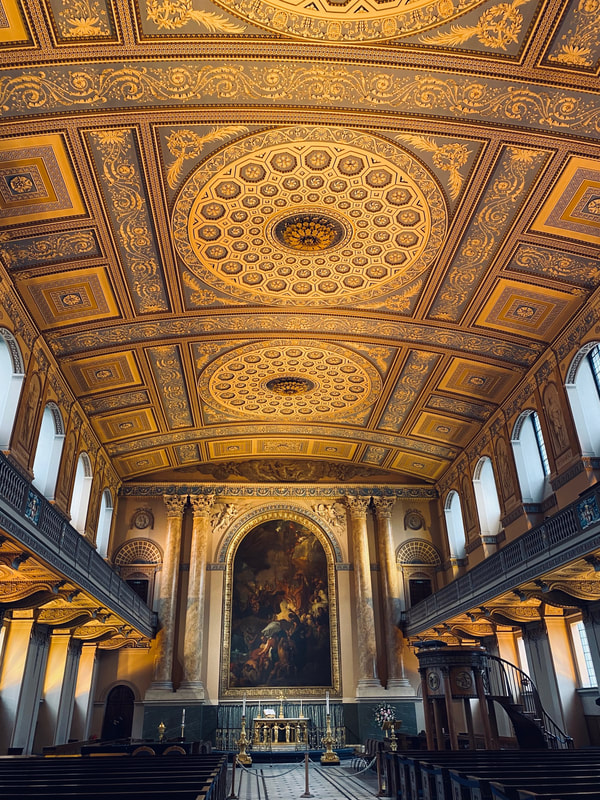

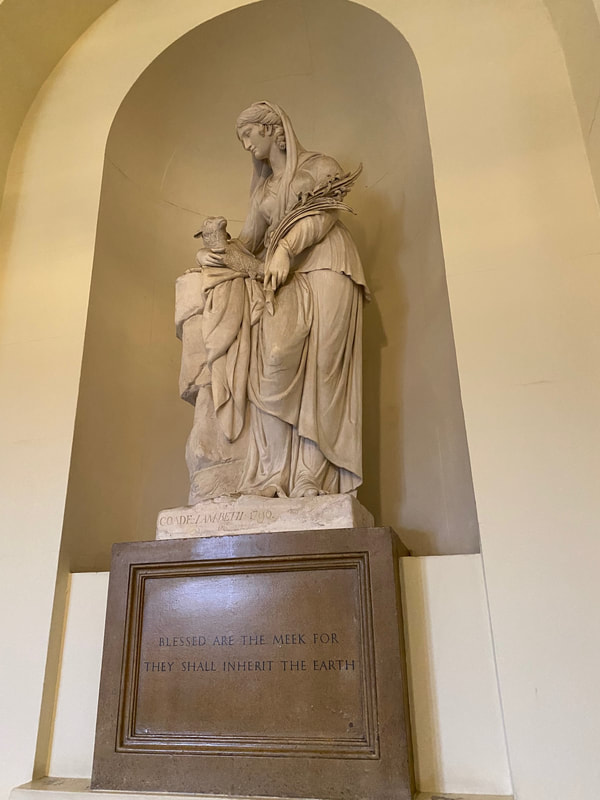
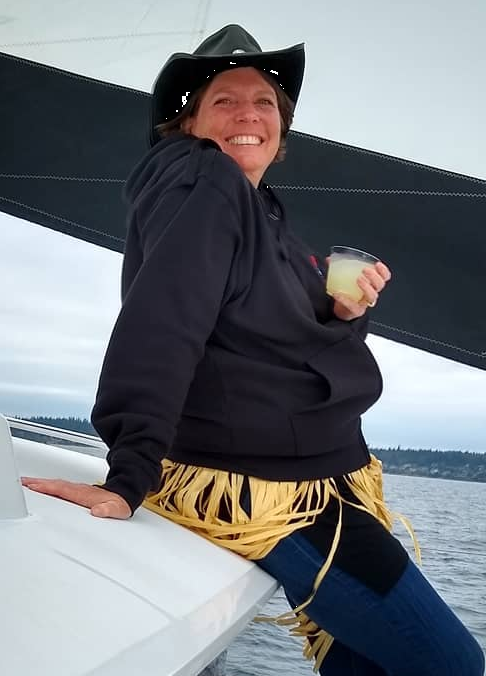
 RSS Feed
RSS Feed